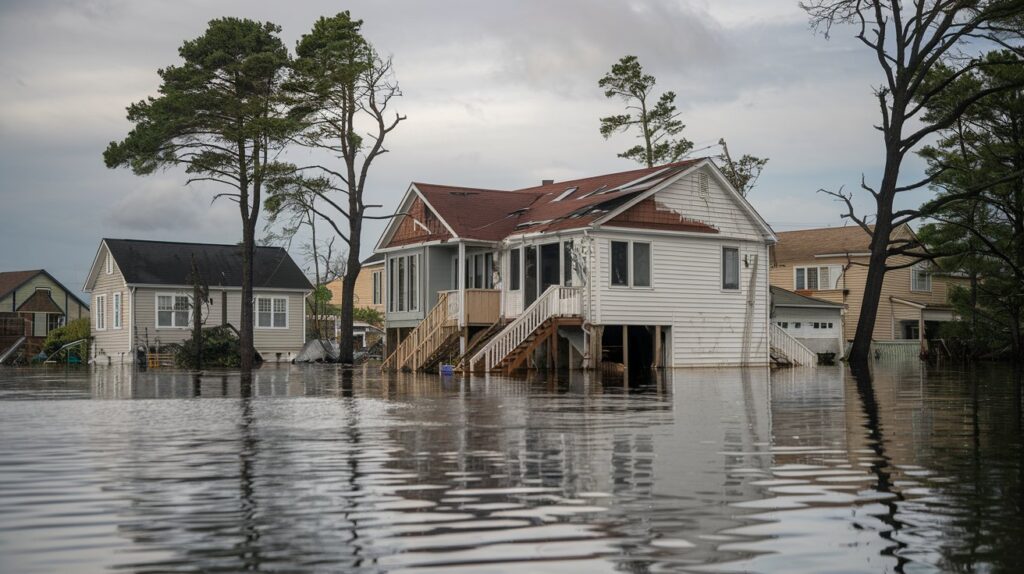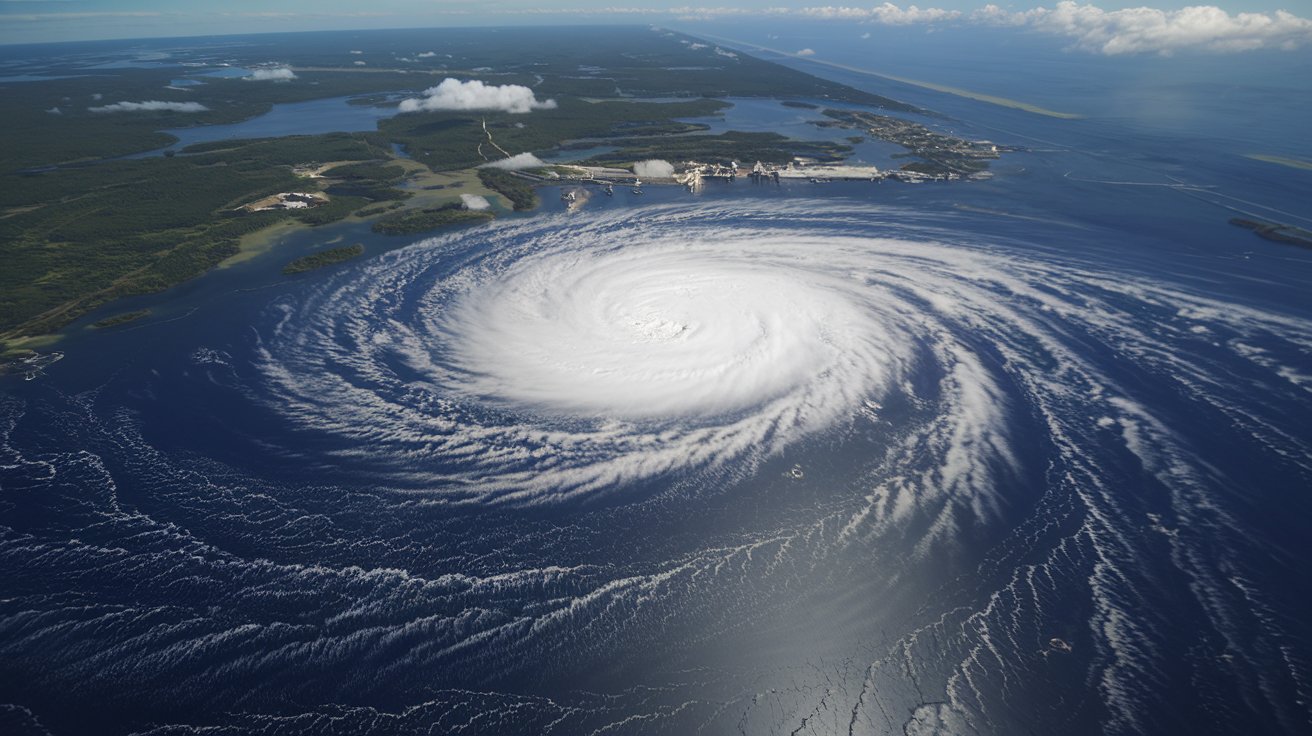Climate Change Intensifies Atlantic Hurricanes, Increasing Wind Speeds by 18 mph
Climate change intensifies Atlantic hurricanes, increasing wind speeds by 18 mph, leading to unprecedented challenges for coastal communities and emergency preparedness. Recent studies highlight how rising sea surface temperatures (SSTs) due to global warming are supercharging storms, making them more destructive and frequent.
Understanding How Climate Change Intensifies Atlantic Hurricanes
Climate change intensifies Atlantic hurricanes, increasing wind speeds by 18 mph, causing significant disruptions to coastal areas and emergency preparedness. The rising sea surface temperatures (SSTs) play a pivotal role in this intensification, with human-induced global warming contributing directly to this alarming trend.
To better understand the key components of this phenomenon, here is a breakdown of how each factor contributes to hurricane intensity:
| Factor | Impact on Hurricanes | Data Insight |
|---|---|---|
| Rising Sea Surface Temperatures | Provides additional energy, increasing wind speeds | SSTs have risen by 2-3°F (1.1-1.6°C) |
| Atmospheric Conditions | Increased moisture leads to heavier rainfall | 84% of hurricanes intensified since 2019 |
| Human-Induced Warming | Accelerates global temperature rise | Contributes to higher hurricane categories |
The Science Behind Intensified Hurricanes
The primary factor driving stronger hurricanes is the increasing heat in the oceans. Warmer water serves as fuel for hurricanes, providing more energy that results in faster wind speeds and heavier rainfall. Over the past five years, SSTs in the Atlantic, Caribbean, and Gulf of Mexico have risen by approximately 2 to 3 degrees Fahrenheit (1.1 to 1.6 degrees Celsius), contributing directly to this 18 mph increase in hurricane wind speeds.

According to a study published by Climate Central, which analyzed 38 storms from 2019 to 2023, 84% of these hurricanes experienced intensified wind speeds. This often pushed storms into higher categories on the Saffir-Simpson Hurricane Wind Scale, significantly increasing their potential for damage.
Real-World Impact: Recent Hurricanes Helene and Milton
Recent hurricanes exemplify the dangerous trend. Hurricane Helene, which struck Florida in September 2024, saw its maximum sustained winds intensified by 13 mph due to elevated SSTs. Similarly, Hurricane Milton rapidly evolved into a Category 5 storm as it approached Florida’s Gulf Coast, with wind speeds spiking by 90 mph within 25 hours due to abnormally warm ocean waters.
These intensified storms lead to more severe flooding, infrastructure damage, and loss of life. Economically, hurricanes have cost the U.S. approximately $1.3 trillion and nearly 7,000 lives over recent decades. If the current trend continues, annual damages could surge to $200 billion by the century’s end.
Mitigation and Adaptation Strategies: Protecting Against Intensified Hurricanes
To combat the growing threat of stronger hurricanes, experts emphasize a multi-pronged approach:
- Strengthening Infrastructure: Upgrading building codes and enhancing infrastructure resilience can reduce storm-related damages. Adjusting building designs to withstand unpredictable wind events like derechos is also crucial.
- Climate Action: Slowing the pace of climate change through reduced greenhouse gas emissions is vital to stabilizing ocean temperatures.
- Preparedness Plans: Developing efficient emergency response strategies, including clear evacuation routes, can save lives during severe storms.
The Path Forward: Building Resilience Against Stronger Storms
Addressing the intensification of hurricanes requires immediate action on both environmental and infrastructural fronts. A combined effort from governments, communities, and individuals can mitigate risks and safeguard vulnerable regions from the devastating effects of future storms.
For more information on how climate change is impacting hurricane patterns and what can be done to prepare, visit Climate Central’s latest report.





